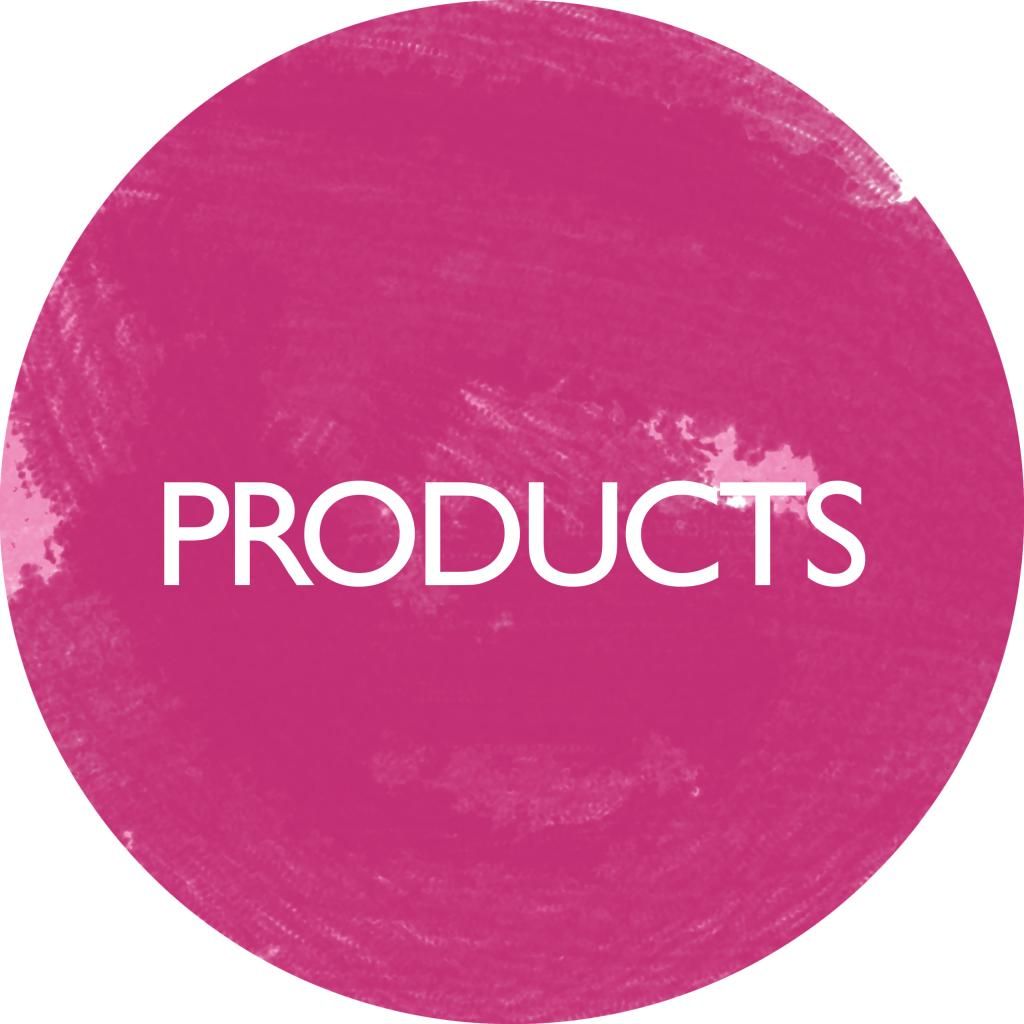
A newly released study has revealed important information for moms to consider when they select a baby bottle for their infant. The study showed that after a 20-minute simulated bottle feeding, three important nutrients for infants. Vitamins A, C and E all declined during the course of the feedings. The most extreme result shows that in some cases there may be minimal amounts of vitamin C left after 20 minutes.
Why was this study developed? For many women separated from their babiesñoften due to work outside the home choosing to express breastmilk and feeding it through a bottle has become more common. Millions of dollars have been spent in food science research to determine how to best maintain nutrients in cowís milk. Expressed breastmilk has been over-looked when it comes to studies of nutrient maintenance during handling and feeding back. This study was designed to create a baseline of knowledge about how bottle feeding impacts nutrient delivery to infants.
Vitamins A, C, and E are nutrients that most people are familiar with in their daily lives. These nutrients are critical for infant growth and health. Combined with the fact that vitamins A, C, and E are susceptible to degradation, it makes sense to study them.
What factors determine the percentage of nutrient loss? The number one factor that is associated with a decrease in nutrient concentrations was what the research team called the cappuccino effect. When air bubbles are formed in the milk, nutrients are lost to oxidation. The more bubbles that appear, the greater the nutrient decreases.
What else did the study reveal or suggest that moms and the medical community should be aware of?
The amount of air in the bottle above the milk (the headspace) and the surface area of the milk exposed to air also seem to be factors in nutrient loss. This relates to the size and shape of the bottle. Decreasing the air exposure of the milk with small, frequent feedings may be the best way to ensure that babies are getting adequate amounts of nutrients.
What about parents who say I've been doing it this way forever, or I was bottle fed and I'm just fine? Those comments are heard frequently. And while it may be true that they are OK, there is a big difference between being OK and having optimal health. It is important to give every infant the opportunity to have optimal health.
This study was funded by a grant from the Handi-Craft Company. The The research was conducted in a highly-credible research lab, by a qualified team of scientists, using industry-standard and state-of-the-art equipment. The study was also completed in triplicate to ensure the accuracy of the results. We have also documented our procedures in a highly-detailed manner so the study can be repeated independently. In fact, we would encourage further study and verification of the results since the outcome is so important to infant nutrition.
Tips For Maintaining Nutrient Levels
Select bottles that minimize air traveling through the milk, such as Dr. Brown's bottles.
- Look for little to no bubbles forming in the milk as the baby feeds.
- Dr. Brown's bottles are specifically designed to provide this benefit.
- Use breastmilk that is as fresh as possible.
- Use small bottles that minimize the amount of air at the top of the milk.
- When using infant formula, make it fresh for every feeding.
- Feed babies with small, frequent feedings.










